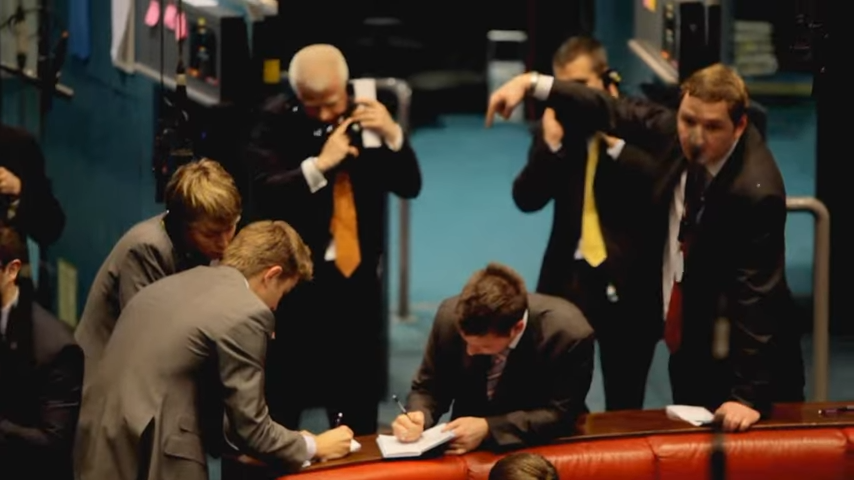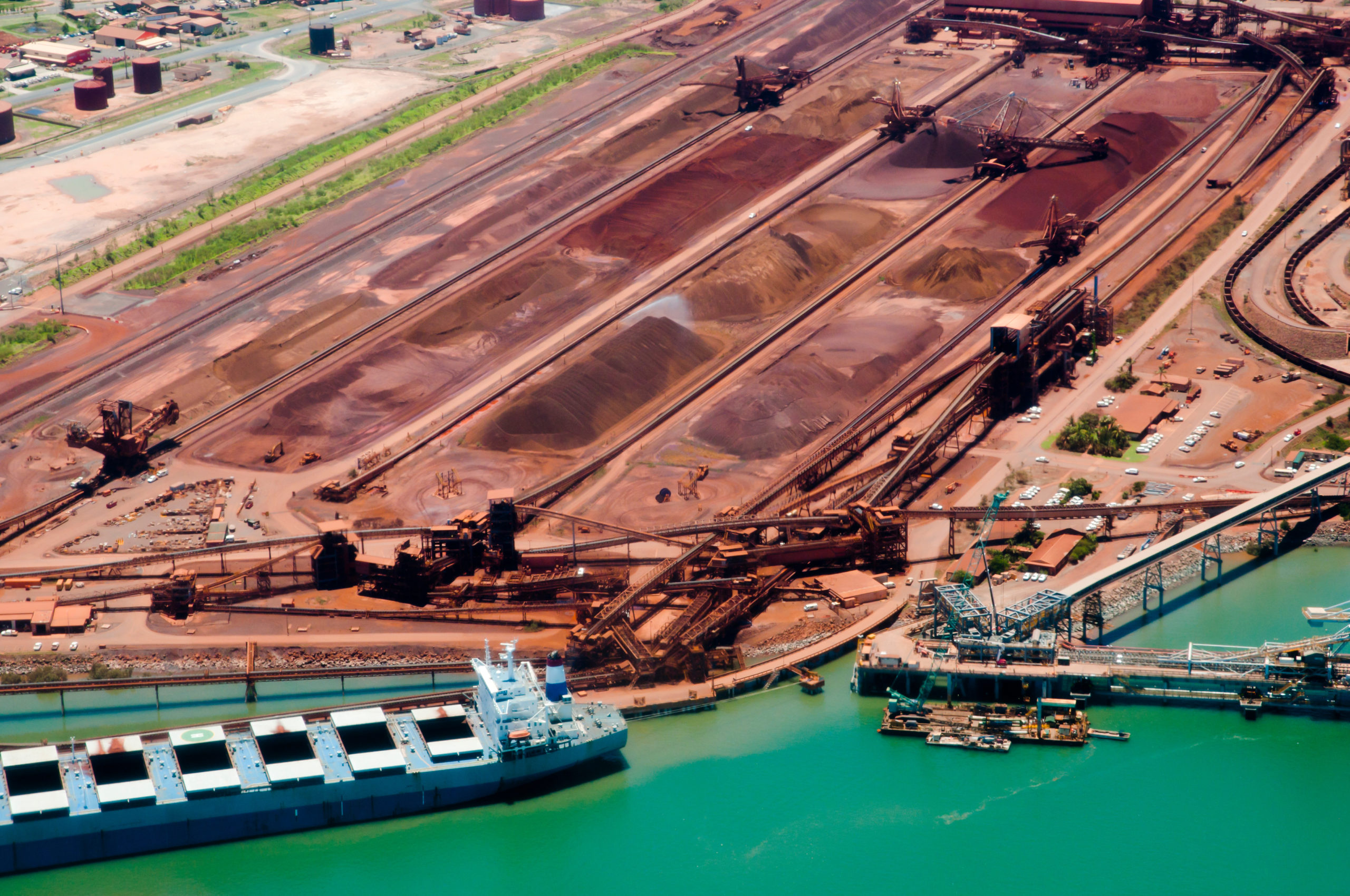London Metal Exchange shows signs of covid recovery

(The opinions expressed here are those of the author, Andy Home, a columnist for Reuters.)
London Metal Exchange (LME) trading volumes contracted for the third consecutive year in 2021, extending a broader decline that dates back to 2015.
However, there are glimmers of hope for the 145-year-old grand dame of industrial metals trading and its owner Hong Kong Exchanges and Clearing (HKEx).
The covid-19 hit to trading activity appears to have passed with monthly volumes growing again over the second half of the year.
While some contracts show signs of terminal decline, the exchange continues to grow its footprint in the steel trading arena.
And while HKEx has struggled to realise its original ambitions when it bought the London market in 2012, the Hong Kong exchange seems to have struck gold with its own suite of metals contracts.
Covid recovery
LME trading volumes slid by 6.0% last year but the headline fall in activity is slightly misleading.
Strip out UNA trades, a compliance work-around that has become noticeably less popular after the exchange started charging fees on them, and the decline was just 4.7%. Adjusted for the number of working days last year, the year-on-year fall narrows to 4.3%.
Moreover, 2021 was very much a year of two halves for metals trading activity on the London market.
Volumes started trending sharply lower around the middle of 2020, when the disruptive impact of covid-19 was spreading in full force around the world.
That slump extended to May 2021, since when LME volumes have shown signs of stabilising and growing again.
It’s helped that metals prices have rallied hard from their coronavirus lows in the first quarter of 2020. That’s rekindled interest from investors who fled the sector over the prolonged downturn in the first part of the last decade.
Micro or macro?
HKEx has struggled to define a coherent strategy for its London purchase and it’s tempting to see the decline in volumes since 2012 through the prism of the internal frictions that have characterised the relationship.
These have most recently centred around the fate of the LME’s iconic open-outcry trading ring, which resumed in September after an 18-month hiatus but in reduced form.
However, it’s impossible to separate out the micro from the macro forces at work in the metals trading universe.
The tie-up with the LME came just after the peak of the previous price cycle and the simultaneous peak in investment activity in the metals complex.
Many funds got burnt in the subsequent multi-year downturn which played out until 2016 and it’s only recently that the broader speculative community has re-engaged with industrial metals.
Even now macro influences are at work in individual markets such as copper.
The LME’s copper contract saw a 6.9% decline in activity last year, making it the second worst performer among the exchange’s core base metals products.
But CME copper volumes have suffered as well. After collapsing by 27% in 2019, copper futures activity on the U.S. exchange has registered anaemic growth of just 1.3% and 1.1% in 2020 and 2021 respectively.
The combination of high prices and low stocks has dampened copper activity across all three global trading venues.
Tin saw an even sharper 15% decline in activity last year but that has to be seen in the context of super-low stocks – less inventory to be rolled through the LME’s complex prompt date system – and super-high prices – deterring fresh trading activity.
Winners and losers
Some of the LME’s contracts seem in danger of falling by the wayside, particularly the two aluminum alloy contracts.
The North American product has experienced dwindling volumes every year since 2015 and activity slumped by a further 84% in 2021. The rest-of-the-world alloy contract has seen trading dwindle from 61,700 lots in 2019 to just 7,044 last year.
Cobalt is another contract in danger of losing its relevance with activity diving from 9,600 lots in 2019 to 841 last year.
A new index-linked cobalt contract has so far not traded, in stark contrast to the CME’s offering which notched up 3,397 lots of activity in its first full year of trading.
Also missing in action among the LME’s new products are the lithium and used beverage can contracts, although it’s worth noting that the CME lithium contract has also failed to gain any real traction with just 13 lots traded since its May 2021 launch.
However, the LME has seen more success with other new launched such as its European aluminium premium contract, which registered 9,194 lots of activity in its first six months of action.
Similarly, three new steel contracts – European hot-rolled and Indian and Taiwan scrap – all saw some action after launch in August last year.
Retail interest
HKEx’ original ambitions to link the LME with the mainland Chinese market-place have been stymied by a lack of interest from China’s exchanges.
However, it has struck somewhat unlikely success with a new suite of mini base metal contracts aimed squarely at the retail investor.
The LME tried and failed with similar products twice and HKEx’s own yuan-denominated mini contracts have gone quiet after an initial flurry of interest when they were launched at the end of 2014.
But its dollar-denominated minis are thriving, volumes across the six contracts more than doubling to 417,545 lots last year. That’s still a far cry from the huge speculative volumes characteristic of the Shanghai Futures Exchange and other mainland exchanges but it’s an interesting development.
Not least because something similar is happening on the CME. While its high-grade copper futures contract has seen activity flat-line over the last two years, trading on its mini copper contract exploded by 330% to a record 59,580 lots in 2021.
That suggests that industrial metals have moved back on to the broader investor radar, a positive sign for both the CME and the LME.
(Editing by David Evans)
More News
{{ commodity.name }}
{{ post.title }}
{{ post.date }}



Comments